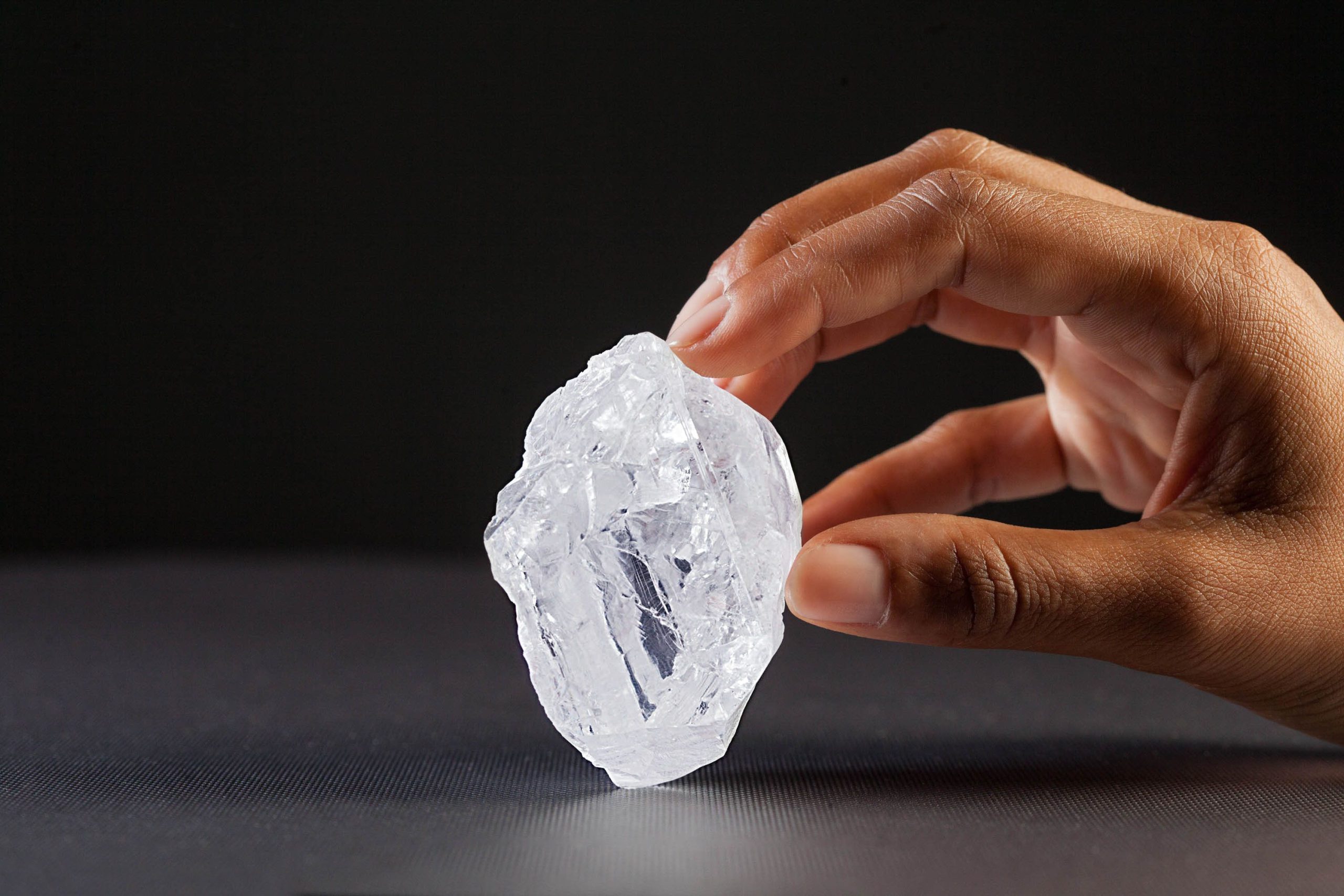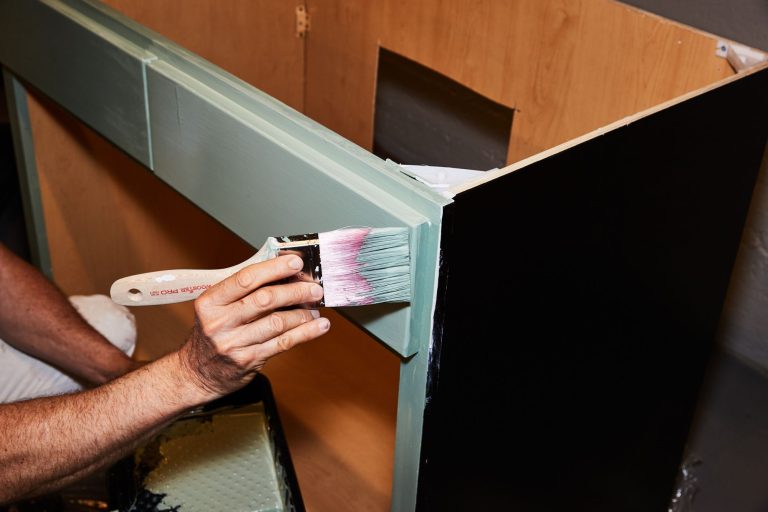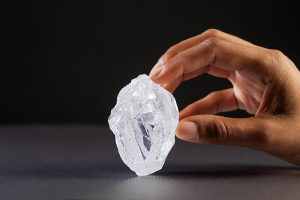Diamonds, with their dazzling brilliance and captivating beauty, have been cherished and sought after for centuries. These precious gemstones have an allure that is unmatched, but hidden within the depths of the earth lies a rare treasure waiting to be discovered. Raw diamonds, in their unpolished and natural state, possess a unique charm that only a discerning eye can truly appreciate. Understanding how to identify these raw diamonds is not only an intriguing endeavor but also a valuable skill that can open doors to unimaginable possibilities in the world of jewelry and gemology. So, let us embark on a journey together into the enchanting realm of raw diamonds as we unravel the secrets behind successfully recognizing these uncut gems.
What are raw diamonds and why are they valuable?
Raw diamonds, also known as rough diamonds, are unpolished and uncut gemstones that have not undergone any artificial enhancement or treatment. Unlike their polished counterparts, raw diamonds have a natural and untouched appearance, showcasing the beauty and authenticity of these precious stones. The value of raw diamonds lies in their rarity and unique characteristics. Each raw diamond has its own distinct shape, color, clarity, and carat weight. These factors contribute to the overall value and desirability of the stone.
Raw diamonds are highly sought after by collectors, jewelry designers, and gemstone enthusiasts due to their inherent beauty and potential for customization. They provide a raw canvas for creativity as they can be cut into various shapes based on individual preferences or specific design requirements. Furthermore, some individuals prefer the rustic charm of raw diamonds over the traditional brilliance of polished ones because they appreciate the natural formations found within these gems.
Characteristics of raw diamonds
Raw diamonds are known for their unique characteristics that set them apart from cut and polished stones. One distinguishing feature of raw diamonds is their rough, unpolished appearance. Unlike the dazzling sparkle of a faceted diamond, raw diamonds have a natural crystal structure that gives them a more organic and earthy look. These unrefined gems often display fractures, inclusions, and irregularities on their surface, adding to their distinctive allure.
Another characteristic of raw diamonds is their incredible strength. Diamonds are the hardest material on Earth, scoring a perfect 10 on the Mohs scale of mineral hardness. This exceptional durability is due to the densely packed carbon atoms in its crystal lattice structure. As a result, raw diamonds can withstand extreme pressure and abrasion without easily breaking or scratching. It’s this remarkable toughness that makes diamonds not only beautiful but also ideal for various industrial applications such as cutting tools and drill bits.
Physical appearance and color of raw diamonds
The physical appearance and color of raw diamonds can vary greatly, making them unique and fascinating to study. While most people associate diamonds with a transparent and colorless appearance, it may surprise you to learn that raw diamonds come in a range of colors, including yellow, brown, blue, green, and even rare hues like pink and red. This diversity in color is due to the presence of impurities or structural defects within the diamond’s carbon lattice.
Though many assume that colorless diamonds are always more valuable than colored ones, this is not always the case. In fact, some colored diamonds known as fancy colored diamonds can be incredibly valuable due to their rarity. The value of a colored diamond is determined by factors such as intensity, hue, and saturation of color as well as overall size and clarity. Some experts even argue that certain unique hues or shades in colored diamonds can be more desirable to collectors than traditional white ones. When examining raw diamonds for their physical appearance in addition to evaluating their color, professionals often consider other characteristics such as shape, cut quality (or lack thereof), surface features like scratches or damage marks called trigons, internal flaws or inclusions known as feathers, and overall transparency. Each diamond tells its own story through these distinctive markings on its surface or inside its structure—evidence of its journey from deep within the earth’s crust to our hands.
Testing methods for identifying raw diamonds
When it comes to testing methods for identifying raw diamonds, gemologists have a range of techniques at their disposal. One such method is the thermal conductivity test. Diamonds are excellent conductors of heat, so by using a probe that generates heat and measuring how quickly it dissipates, gemologists can determine if a stone is a diamond or not. This non-destructive test is quick and reliable, making it a popular choice in the industry.
Another testing method commonly used is the refractive index test. The refractive index refers to how light bends as it passes through a material. Since diamonds have a high refractive index, they can be easily distinguished from other stones with lower indices. Gemologists often use specialized tools like refractometers to measure the refractive index of a suspected diamond accurately. Innovations in technology have also introduced advanced testing methods like spectroscopy into the field of diamond identification. Spectroscopy analyzes how materials interact with various wavelengths of light, providing precise information about their composition and structure. By studying the unique spectral fingerprint of diamonds, gemologists can detect impurities or synthetic elements that may indicate whether a stone is natural or lab-grown.
Expert tips for identifying raw diamonds
When it comes to identifying raw diamonds, there are several expert tips that can help you separate the real deal from imitations. One technique is to examine the shape of the stone. Raw diamonds often have an irregular and rough appearance, unlike synthetic or fake diamonds which tend to have a more flawless and perfect shape. Another tip is to check for natural imperfections within the diamond. Raw diamonds will typically contain tiny flaws or inclusions such as fractures or small crystals trapped inside.
Additionally, conducting a light test can be useful in identifying raw diamonds. Place the stone under a bright light source and assess how it reflects and refracts light. Genuine raw diamonds will exhibit strong brilliance and sparkle due to their natural crystal structure, while fake ones may appear duller or exhibit unusual colors. It’s important to note that while these expert tips are helpful in identifying raw diamonds, they should be used alongside other testing methods such as professional gemological analysis or consultation with experts in the field. Ultimately, developing knowledge and expertise through further research and learning is crucial for accurate identification of raw diamonds.
Common misconceptions about raw diamonds
One common misconception about raw diamonds is that they are cloudy or lackluster in appearance. While it’s true that raw diamonds haven’t been cut or polished yet, this doesn’t mean they can’t have a beautiful sparkle. In fact, some raw diamonds can even display a natural brilliance and clarity that rivals their cut counterparts. It’s important to remember that the unique characteristics of each diamond determine its overall appearance, whether it is cut or in its raw form.
Another misconception is that raw diamonds are always dull and unattractive. In reality, there are many different types of raw diamonds with varying colors and textures. From rough white diamonds to fancy colored ones like yellow, pink, or blue, the range of possibilities is vast. Raw diamonds can have an earthy elegance and allure when incorporated into jewelry designs as their natural state lends a unique charm to any piece. Overall, misconceptions often cloud our perception of the true beauty and value of raw diamonds. Don’t dismiss these precious stones based on assumptions or preconceived notions – instead, embrace their authenticity and distinctiveness for what they truly are: captivating gems waiting to be appreciated in all their natural glory.
Conclusion: Understanding the value of raw diamonds
In conclusion, understanding the value of raw diamonds goes beyond mere monetary worth. These precious gems hold a deeper significance in our society and culture. Raw diamonds are symbolic of resilience and endurance, as they are formed under immense pressure over millions of years. This reminds us that even in the face of adversity, diamonds represent the strength within us to shine brightly.
Moreover, raw diamonds have a unique allure that is unmatched by their polished counterparts. Their natural beauty lies in their imperfections and roughness, capturing a sense of authenticity and individuality. In a world obsessed with perfection, these raw gems remind us to appreciate our own flaws and embrace our true selves. Understanding the value of raw diamonds also extends to their ethical implications. Unlike conflict or blood diamonds that have fueled violence and human rights abuses in certain regions around the world, raw diamonds obtained from ethical sources ensure fair treatment for laborers and minimize harm to local communities.



























+ There are no comments
Add yours